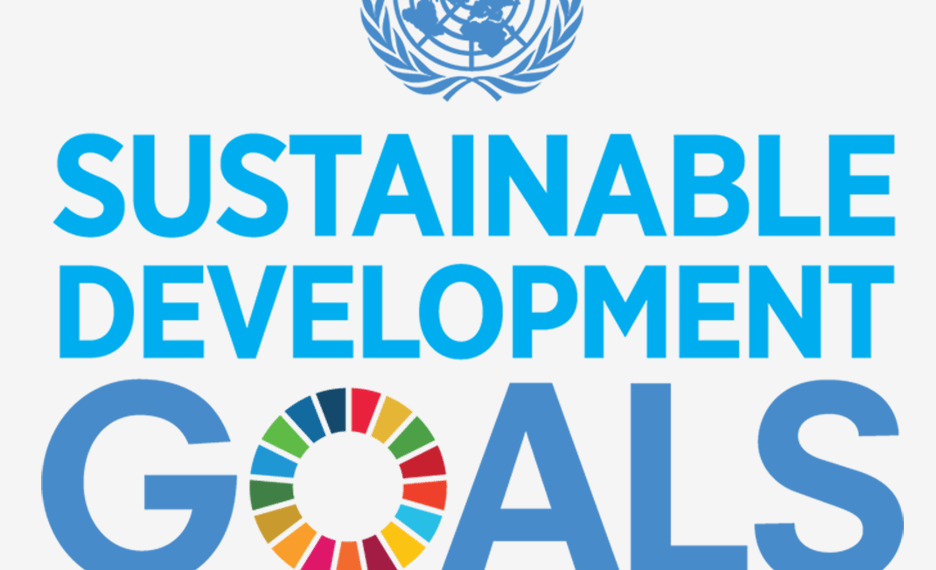Q&A
Technology and innovation are central to efforts to build solutions to advance gender equality. What is the one biggest innovative change that we need to make sure women and girls have better access to healthcare?
Innovation for change are needed at several level to ensure access to health care. There needs to be gender sensitive and inclusive policies addressing social issues affecting women’s health as well as smart investment to reduce inequalities and most importantly implementing programs that reach vulnerable and rural girls and women.
Technology plays a key role in reaching population living remotely such as the use of drones to carry vaccine or blood to treat post-partum hemorrhage or any other commodities such as contraception.
Communities need to take ownership of discussing cultural norms and changing practices which put girls at risk of issues such as adolescent pregnancy and its complications, HIV, abortion, adolescent maternal deaths, obstetric fistula and female genital mutilation.
The digital gender gap is actually growing wider. How do we make sure women’s participation in innovation is not the exception but becomes the norm particularly in the fields of medicine and science?
I believe it is important to expose girls very early to technology, science, research and other traditionally male domains. We must provide equal access to opportunities in the market place and in leadership positions and address social norms and perceptions that limit girls and women in science.
We must invest in female role models and mentors who change the face of science and tech.
What kind of world can you envision for all women and girls in 2030? How will we or can we get there?
I envision a world where women are educated, healthy, have employability skills, live in a peaceful and violence-free environment and can collaborate with men to equally build a sustainable society. Equal partnerships, actions, smart investments, gender-friendly and sensitive policies and accountability are key.



